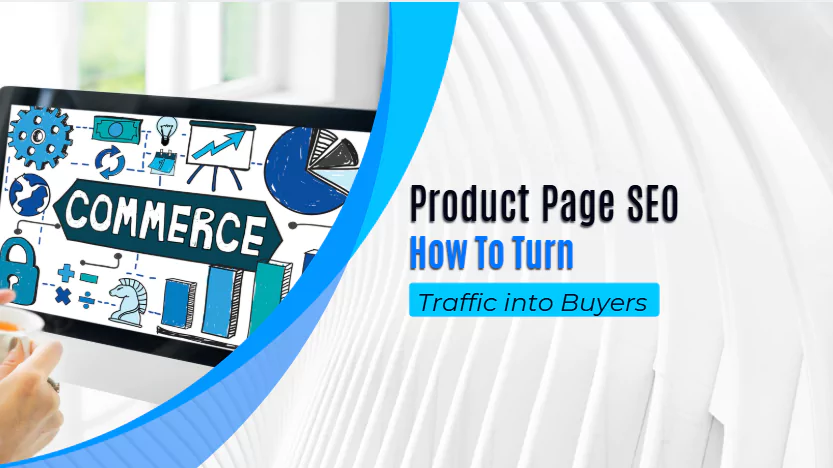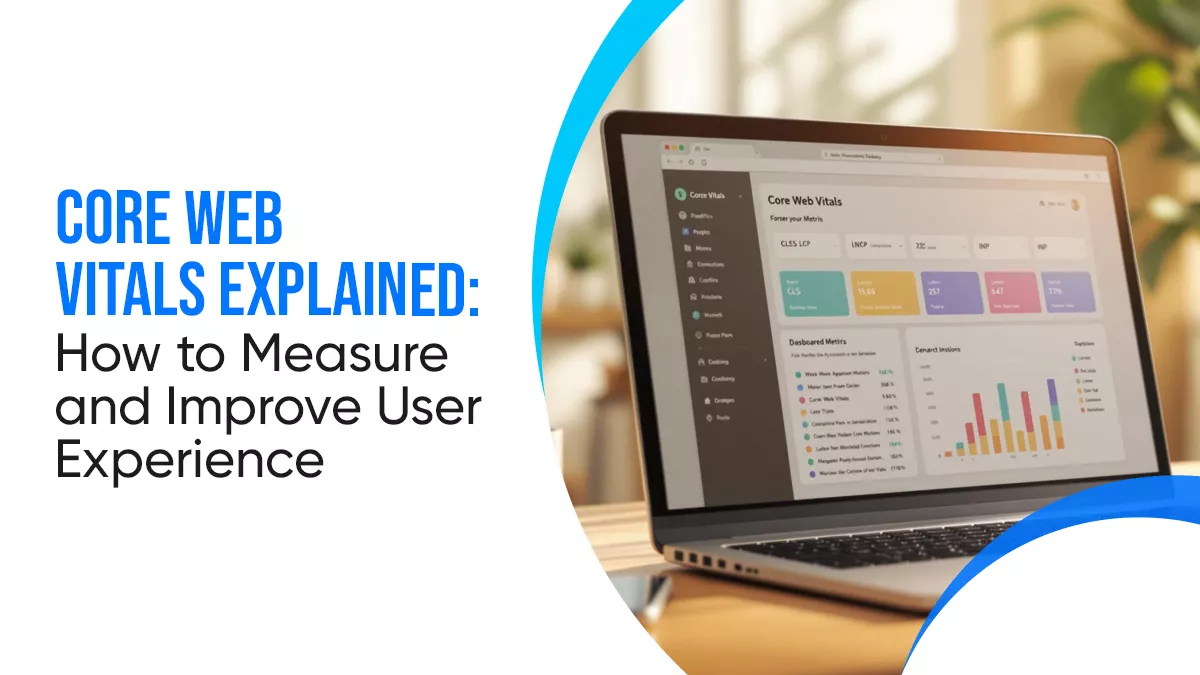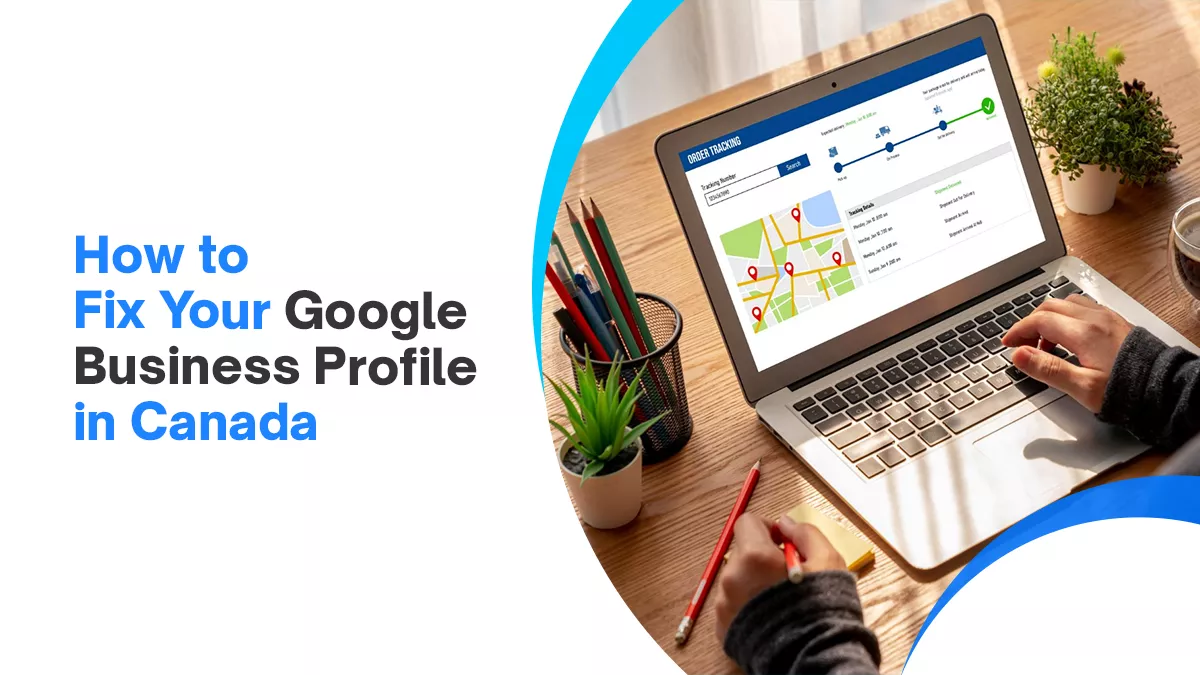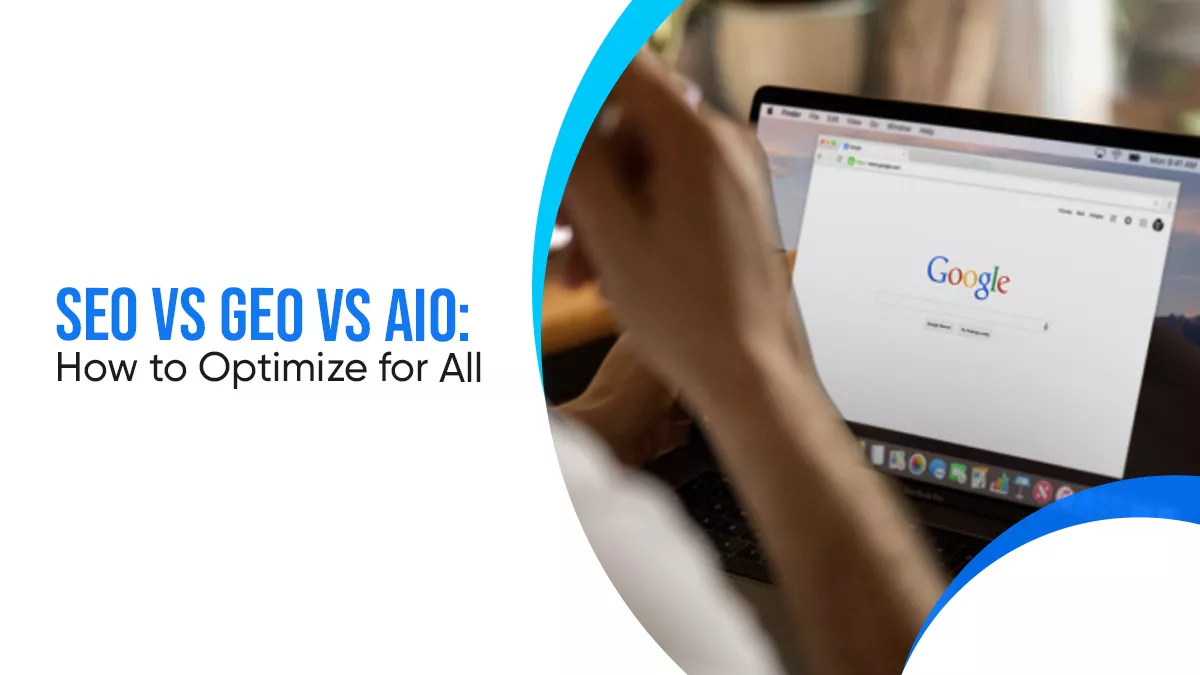Creating a great product page is key to turning visitors into buyers. With smart SEO of the product page, you can turn clicks into customers if you want your e-commerce business to be successful. Your product pages must have more than pretty pictures and price tags. Your pages need to be ranked in search engines as well. A good SEO can turn a visitor into a customer. It is all because of a good product page seo.
In this article, let’s walk through how to do it, why it matters, and learn about the process step by step.
Why Product Page SEO Matters
Product pages are where the sales happen, and your page is seen in search results. The product page SEO helps you attract customers. If your pages are not showing up, then you may lose customers. It helps your product show up in search results and builds trust. Unlike ads, smart product page SEO has a long-lasting impact.
Shopify stats show that the top search result will get nearly 27.6% of clicks in 2025. So being on top matters. Product Page SEO is the benefit of optimising individual product pages. Moreover, it helps to rank higher on search engines like Google.
These optimizations help to increase visibility and drive organic traffic to your page. Improve the chances of turning that traffic into sales. You also get the following benefits:
- It brings targeted traffic directly to buying pages
- Well-optimised pages improve trust and user experience
- It helps products rank for specific long-tail keywords
- It reduces reliance on paid ads for sales
Best Practices for Product Page SEO
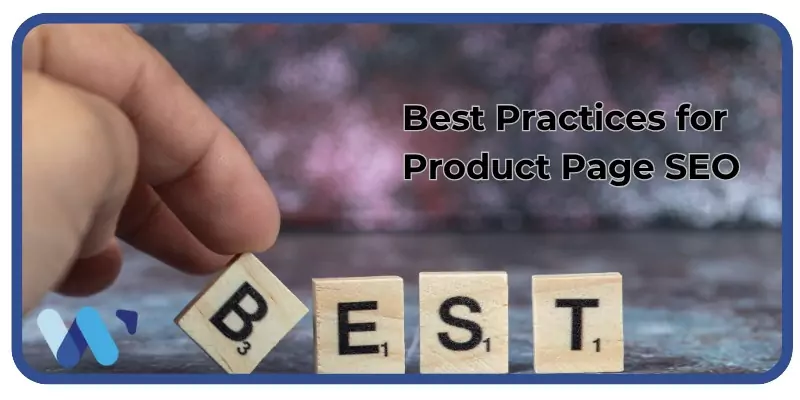
Here are the best practical strategies you can follow to optimise your product page.
1. Use Clear, Keyword-Rich Product Names
It’s important to use exact keywords in your product titles. For example, include brand, model, size, or colour if needed. This helps search engines match your product to searches.
2. Write Unique Descriptions
You can also write a unique but helpful description. Keeping your description short and clear is beneficial. You can start writing with key features and benefits. After that, you can add the details below. Try to add bullet points in your work. (MobiLoud)
3. Optimize Meta Titles and URLs
Optimise your meta titles and URLs. Include your main keyword in the meta title. Keep URLs clean. For example, something like site.com/red-leather-shoes. This format works better for search engines and users.
4. Use Structured Data (Schema)
Use product schema to show price, availability, and ratings in search results. This can boost your visibility and click rate. For ideas, explore the Wide Ripples SEO blog on indexing and structured data. (How to Index Pages in Google)
5. Improve Images & Media
It’s important to use clear, high-quality images from multiple angles. Use descriptive file names with keywords and alt text to help SEO. The audience relies on clear and accurate images of the product. This helps them in the purchase decision. Moreover, in understanding how it’s beneficial for them in daily life.
6. Add Internal Links & Breadcrumbs
Link your product page to the related blog post and products. It helps users and search engines understand where they are. In this way, you can keep users engaged and also improve your Site’s crawlability. Read more on the side structure in this Wide Ripples post. (SEO Content Strategy)
7. Encourage Reviews and FAQs
Keep your review section visible. It’s an important way to build trust with your audience. Having fresh content and FAQs helps to answer the common questions. It also boosts SEO.
8. Keep Page Speed and Mobile UX Fast
Make sure pages load quickly on mobile and other devices. Slow pages and loads lead to lost sales and hurt SEO ranking. That’s why it’s important to improve your page speed and mobile usability.
9. Use Canonical Tags for Variants
Use canonical tags. If your product comes in colors or sizes. So search engines know which page to index.
Quick Steps to Follow
| Task | What to Do |
|---|---|
| Product Name | Include the main keyword, keep it clean |
| Description | Use bullets, start strong, keep extra below |
| Add model, color, and SKU for search clarity | Use high-quality, named files, and add alt text |
| Images | Add price, availability, and review info |
| Schema Markup | Add price, availability, review info |
| Internal Links | Link to related products/categories |
| Reviews & FAQs | Add sections for both to build trust and content |
| Mobile Speed | Test and improve load time |
| Variants | Use canonical tags to avoid duplicate content |
Common Mistakes to Avoid in Product Page SEO
Sometimes, even if you are following the right steps, a few common mistakes can hold your product page back. Avoiding these mistakes will help you rank higher and better.
- Repeating the same description and content across multiple products can affect the ranking. That’s why it is important to write a unique description.
- Most often, stuffing your keywords and overusing them makes the text unnatural. It also hurts the conversion and SEO. Try to focus on readability and helpful information.
- As we know that most shopping happens on the phone. A slow and clunky mobile page can affect your sales. Ensure your design is mobile-friendly.
- Especially large images and poor hosting also slow down the product pages.
- One of the mistakes is not using schema markup. It means your product would not shine in the search results with a rating and availability.
- Weak Calls-to-Action (CTAs). Even if your SEO works, weak or missing CTAs fail to convert visitors into buyers.
Get Expert Help with Wide Ripples
Need help optimising your online store and every product page? Wide Ripples offers expert SEO help. From tag optimization and schema setup to conversion strategies. We’ll help you turn search traffic into buyers with confidence.
Wondering if Wide Ripples Digital Inc. is the best e-commerce SEO company for you? Here’s why we might be the perfect fit:
- Proven Track Record.
- Our success stories and client feedback speak volumes.
- We customise our SEO tactics to match your unique business needs.
- Clear Communication
- Expect transparent updates and a strategy that keeps you informed.
- Solid Reputation.
- We pride ourselves on integrity and effective results.
Ready to elevate your e-commerce game?
Get in touch with Wide Ripples Digital Inc. today, and let’s craft your path to SEO success!
Quick FAQs
What is product page SEO, and why does it matter?
Product page SEO means optimising each product page so people can find it and want to buy. It’s crucial because these pages drive both traffic and sales.
How do I optimise meta titles and descriptions?
Include your main keyword, keep it simple, and make it clear what buyers will get. Don’t overdo it.
Should product pages use structured data and schema?
Yes! Product schema helps search engines display price, reviews, and availability in rich results.
How can I create unique content that converts on product pages?
You can use clear bullet points and focus on benefits. It’s important to highlight what makes your product special. Keep extras in expandable sections.
What role do images and alt text play?
People rely on visuals to buy online. Alt text and clean image names help SEO and accessibility.
How do FAQs and customer reviews boost SEO and conversions?
They add fresh, helpful content and build trust. Google favours pages that provide detailed, useful answers.
What’s the difference between category page SEO and product page SEO?
Category pages draw visitors with broad interests. Product pages turn those visitors into buyers.
How do I prevent duplicate content from product variants?
Use canonical tags so search engines only index your main version and avoid duplicate issues.
How do page speed and mobile usability affect product page SEO?
Fast, mobile-friendly pages rank better and convert more because shopping happens on phones.
Disclaimer: The information provided in this blog is for general informational purposes only. For professional assistance and advice, please contact experts.

